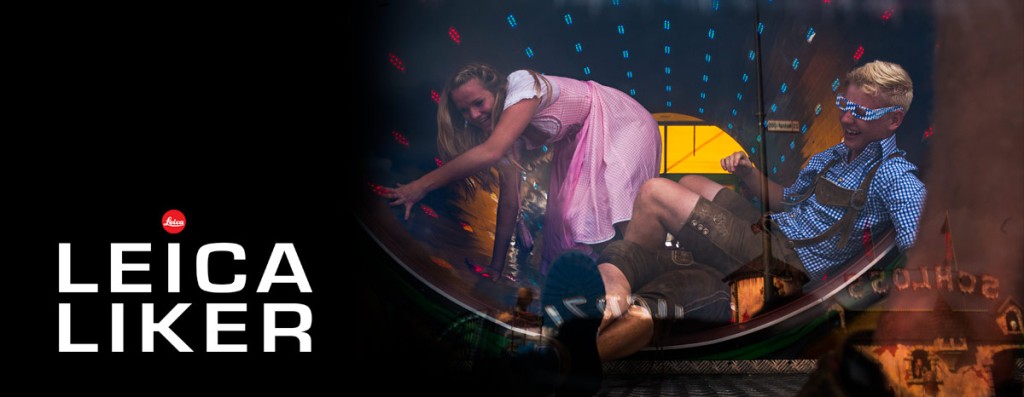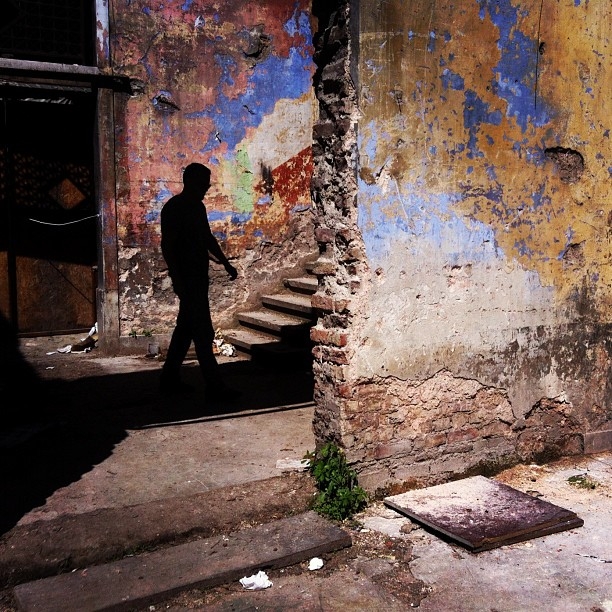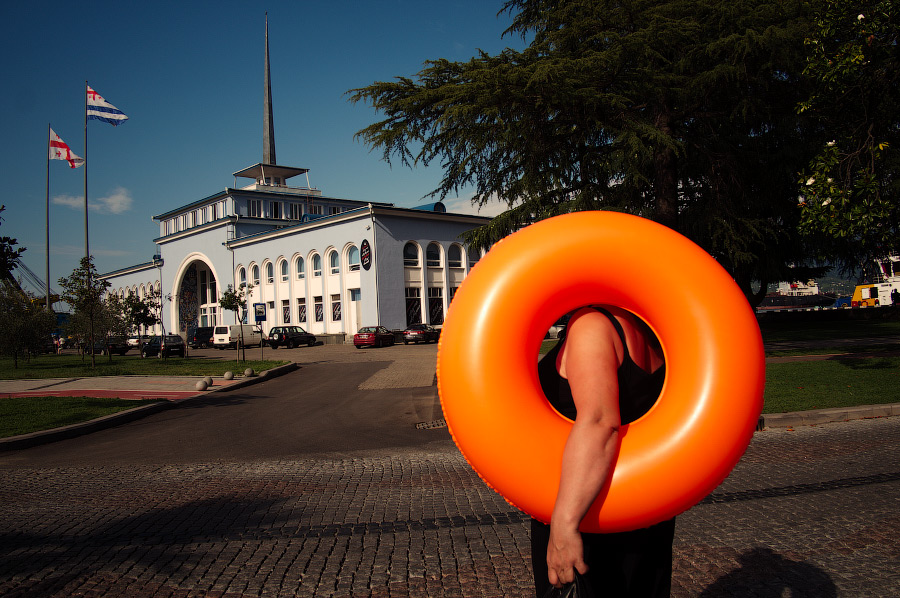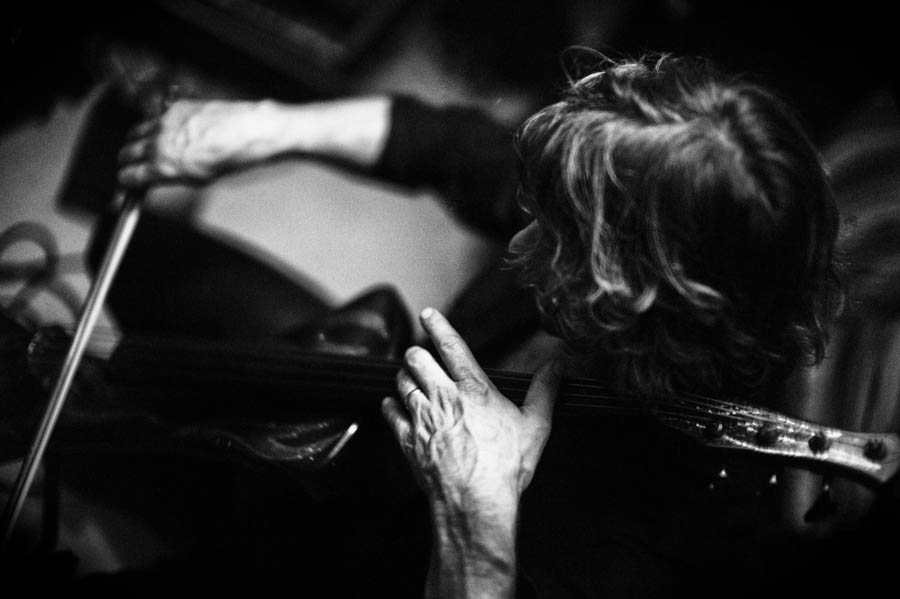#17 PAVEL KOSENKO, Moscow (Russia) Street Photographer

Leica Liker is honored to have Pavel Kosenko, a Moscow (Russia) Street Photographer as our #17 guest.
I first discovered Pavel Kosenko through his Russian website http://www.pavel-kosenko.livejournal.com. No, I can’t read Russian but Pavel is a blogger and photo discoverer himself. I came upon his post from another post of “4 x 5” Kodachrome slides of the American war effort during World War 2. They are stunning examples of color and subject matter by industrial and military photographers. You can check it out here. It was from there that I found Pavel.
What drew me to Pavel’s work is his sense of color. When you look at his images, you can just eat the colors. They are exquisitely rich and velvety or harsh and poppy. It’s as if he took them with Kodachrome, except it’s digital.
Pavel talks about the harmony between colors. He is devoted to the study of color. Not just with color wheels but how master painters, who have command of color, are able to combine colors to compliment each other.
Many of us start by contrast of forms, objects, composition, shadows and irony within the frame of story telling. Pavel on the other hand starts with color and in a way, emotions. Not emotions like happy or sad, but a kind of internal stirring. If you study many of his photographs, they are simple observations. Yet some of them have a subtle yet powerful complexity to them because of the variety and depth of colors. His colors define details that would have been overlooked had the image been too contrasty or over exposed. So you are pulled into the image wanting to explore every corner. That’s not to say that sometimes Pavel also loves to make colors pop in high contrast shots. But when he is able to capture the digital version of that ‘Kodachrome’ magic, I can’t stop poring over every pixel of his photographs.

Here is my interview with PAVEL KOSENKO:
Nick Name: No, I just have my real name – Pavel Kosenko.
Currently living in: Moscow, Russia
Motto: “You can only be happy here and now.”
Street Photographer since: 2011
Profession/Job: Photographer
Websites: http://www.pavelkosenko.com
Organizations or Group: None
What do you do as a photographer professionally? Technically photography does not pay my bills. I do many things to pay the bills as a photographer. For instance, I organize photography tours in a variety of countries like Turkey, Vietnam, etc.. I also teach master classes in color for photographers. I have written a book, titled THE LIVING DIGIT, which is presently only published in Russian. I want to translate it into English to get a larger audience.

I also do color consulting for print. I have a small photography school in Moscow. I have a popular blog with 15,000 readers and 50,000 views posts per day. I have people who pay advertising on my blog. Camera companies give me cameras to use to write reviews about. I also have projects that are photography related. I have a friend in advertising who thinks my sense of color could be utilized in film. As you can see, I do a lot of things.

Favorite Street Camera & Lens: Canon EOS 1D X with Canon 35 mm f/1.4 lens, Canon 50 mm f/1.2 lens
Back-up Street Camera & Lens: Fujifilm X-Pro1 with Fujinon 18 mm f/2.0 lens
What and when was your first camera? Zorki Russian camera. I don’t remember the number.
Favorite photography gadget: iPhone 5
Favorite street food: Italian
Do you listen to music while shooting? Sometimes, but not often.
Favorite music when shooting and/or editing Photos: Royksopp, Delinquent Habits, Moloko, Cypress Hill, Depeche Mode, Die Antwoord, Pink Floyd, Royksopp, Django Reinhardt, Craig Charles Funk and Soul Show 🙂 etc.
Favorite photo software: RPP (Raw Photo Processor)
3 Favorite Master Photographers: Gueorgui Pinkhassov, Alex Webb, David Alan Harvey
3 Favorite Contemporary Photographers: The same
Which 3 photographers’ prints do you own? Unfortunately, I don’t have any.
Color or Black and White? Color
(Square images = Instagram)
Shoot Film or Digital? Basically digital because film does not have the abilities that digital has to offer. With digital, I have more possibilities to push the limits of color as well as provide the best quality. But sometimes I play with film because is has an inherent aesthetic component which digital does not have. Film allows me to improve my visual experience and I try to apply what I learn in my digital work.

If Film, what type of negative? Last time I used film it was Kodak Ektar.
Is there a special time of the day you like to shoot or is any time good? Any time. But lately I like to shoot without sun light (in the evening and with candlelight in rooms).
How do you define street photography? Exactly like Henri Cartier-Bresson defines it.
How did you get into photography? Actually my life was originally not destined for photography. I was born in the small Russian town of Protvino in the Moscow region. It has around 37,000 people. Protvino is a town of scientists. The main business is the research institute. It’s a tradition for young people in this area to go to the Moscow Physics Institute to become a scientist. The parents force their children to follow their footsteps. I left because I studied in Moscow at the Moscow Engineering Physics Institute where I was for 1-1/2 years. But after attending the institute, I realized I needed to be creative. I went to music school for 5 years instead. After that I realized music was not my thing.
When I was 6 years old my father gave me a camera. I was shooting everything from family to friends, but primarily for myself only. While I was in music school I figured out photography was my where my passion and interest lied.

What is it about the medium photography that attracts you? What are you trying to express in photography? For me it’s like drugs. I need it. I wake up and grab my camera. Or I switch on the computer and search for photographic images. I need to improve my visual experience all the time. Even when I was studying physics and music, I was taking photographs. Sometimes I leave my camera at home and then I have to have it a few days later.
Why did you choose Street Photography and not another form of photography or stamp collecting? I did not choose only Street Photography. It was my interest for the last 2 years, but I like art photography too. I try to mix it up.
What motivates you to photograph the streets? My interest in ordinary people and their lives.
Is Street Photography an obsession? I think yes.
Are you a lone shooter or do you like shooting with friends or a group? Both
Are you an invisible photographer or visible? Visible. I like to communicate with people. I believe that photographer cannot be invisible. You can’t shoot outside and think you have no effect on it. Each photographer sees his own particular way. We all get different photographic results, even if we all shoot the same place and in the same direction.
Favorite street photography city: Istanbul
What inspires your photography? Art, especially by Russian painters. I was a jazz musician in my past life. Although, I haven’t played the guitar for 6 years, the idea of art as an expression of me is extremely important. I love music. Sometimes I shoot while listening to music in my headphones. It is important what I listen to because the combination of the music and what I shoot is the process of my artistic expression.

Here are some painters I look to for inspiration: Konstantin Korovin (http://pavelkosenko.wordpress.com/2012/04/09/constantin-korovin/), Kuzma Petrov-Vodkin, Victor Borisov-Musatov, Nicholas Roerich, Arkhip Kuindzhi, Alexandr Rabin, Wassily Kandinsky, Alexandr Zavarin, Caravaggio, Pablo Picasso, Pierre-Auguste Renoir, etc.
Is there a philosophy, concept or aesthetic behind your compositions that you apply to your photos? I think it is better to quote Gueorgui Pinkhassov: “Shoot the bad pictures, you might get a good one.”
What is your style? I don’t think I have a style. Often photographers don’t see what they see. It takes others to see what the photographer saw. My reaction to my fotos is often much too critical, sometimes dismissing good shots. I need to have a curator.
In general, I look for color and “chiaroscuro”. I am interested in light and dark colors. For showing light we need dark. I experiment in colors, dark, light. I always think about dark and light in my color compositions.
How has it changed over time? I think like everyone, I took travel photos first. After that I realized that they were good but they were like postcards. You know, National Geographic-type. It’s the first level of photography that everyone reaches. I realized I had to go to next level. I then went to one town and stayed a long time whereas before, I stayed 1 day in each town like a mindless tourist. I extended it to 3-4 days to a week. At first, I responded to anything exotic. For instance, if you come to Moscow, your first day would be spent at the obligatory Red Square. It’s not a deep level of understanding of our city. It’s only after spending a year can you have a chance to see life that’s not at a touristic level. I consider myself now at 2nd level. I’ve been to Vietnam 9 times now. At first 2 weeks, then 2 months at a go. In the beginning, it was ‘pop’ like Britney Spears. Now it’s more impressionistic because I am getting the feel of the real Vietnam. SO I would say my style has moved from travel photography, to street photography and it’s moving towards art photography. I am more interested in impression and not information. I call it art.
What do you look for in a good photograph by others? What makes a color photograph look good? I don’t look for anything specific in other photos 🙂 I rely only on feelings. I am drawn to pictures with vivid colors, but I like b/w pictures too. With colors, I like harmony and rich variation (not many difirent colors, but many variation with lightness and saturation). And I don’t like supersaturation. In b/w I like geometry, texture and rich variation of shades of gray. Composition for me does not matter, because it is pseudo-science. The important thing is feelings and emotions.
How does color play a role in photography? Funny you should ask. My book THE LIVING DIGIT is exactly about that. When modern photographers look for colors they go to post production books to study histograms. This is the wrong way. The main idea in the book is to question the colors you find in museums. I mean, you need to study color through painters and history of art. Study the visual experience. After you have enough visual experience, your eyes can actually see what colors are in harmony and what not. And what works with each other. Then you can use digital tools to help you. It is about the aesthetics of color. In my book I start off with psychology of perception. I write about saturation and perception of colors – blue works better in dark regions while yellow is better in light situations. For example, I show how people normally see and perceive, from art to post production. Then I show the ‘art’ of perception followed by raw files and how it works. I use language of the modern digital photographer to explain a complex language in simple photo language. I talk about this in my master class.
How do you go about shooting a street photograph? Sometimes I like to sit at a café and watch for around 1-3 hours. I see. I look. If I find an interesting background, I wait for some people to walk into my frame. But some times, I like to talk to people. For instance, last time I went out to shoot, I walked on the street and immediately spoke with people; to connect with them and to learn about their lives. While we were talking I noticed they had relaxed. That’s when I took a relaxed portrait of them. Not passport photos. Of course it’s very important for me to form interesting geometric frame. So while I’m talking to them, I am constantly looking for an interesting viewpoint. I am more interested in the art of the shot and not the classic street frames. So my shots tend not to be classic street captures. Sometimes it’s just the color. I like to take impressionistic images. For instance, Vietnam before bedtime. That’s the direction I am more interested in.
Can you describe the entire process of photographing these photos, from preparation to when you pressed the shutter button? I took this picture in Colombo. It was the last day of my two-week trip to Sri Lanka. By this time I thought every shot I made were all “masterpieces”. I just walked around the city with a camera in hand, and assumed the images would somehow make interesting photo-stories. As always, I am interested in texture and color. So when I walked past the garbage, I took about ten shots, not counting on any one to make a good photograph. But when I worked the Raw-files, I saw a good picture. It was interesting, not only in color, but the scene itself (crows and cats).

In this photo (below), what is interesting is not so much the picture but the story behind this woman. Her name is Kulipa. She lives in the village of Jeti-Oguz on Lake Issyk-Kul in Kyrgyzstan. She is 80 years old and raised 11 children in the one-room apartment with total area of about 30 square meters. Now her kids have grown up and gone to different cities and countries, but sometimes they come to visit their mother. They come with their wives, husbands and children, so in this tiny apartment sometimes there are 20-35 people. In this case, sleeping on the floor, one next to each other. It sleeps 10 people, therefore 10 or more are awake. They all take turns sleeping.
I managed to get into the Kulipa’s house, because I was working on a project in Kyrgyzstan at the time. The project was linked to the search for information about Soviet astronauts who trained at the local air force base. Kulipa worked at the base as a cook from 1960 to 1970.
I was visiting Kulipa for many hours. We looked over all of her family photo albums. She told me a lot about her life. We drank tea. After 2 hours she was used to me and stopped paying attention to my camera. That’s when I snapped the picture.
How do you choose your shots when you edit? What tells you that the shot is good? This is the most complicated process. On the selection of photos I spend 100 times more time than processing them. I try to focus only on my gut feeling.
Best 3 tips for shooting the streets: Stay in the moment. Use mostly wide angle lenses. Treat people well.
Best single advice on how to improve your work: Visit the museum and look at paintings.
Best single advice on how to edit your work. Excuse yourself from work and go shoot some photographs.
Best single advice for someone who wants to get into street photography: Study the classic street photographs.
What’s the best moment in your street photography career? I do not have a career in street photographer. I shoot for pleasure.
What’s the worst moment in your street photography career? See the answer to the previous question.
What projects are you working on? Now I’m interested in a whole series rather than single shots. It’s the direction I am taking.

Where do you want to be in 5 years with regard to street photography? I am not sure that in 5 years I would do exactly street photography 🙂
Are there exhibitions planned in the future? I am not ready for a serious personal exhibition. However, I have been repeatedly invited to participate in group exhibits. As soon as I’m ready to show a body of work, I’ll do it.
Leica Liker thanks Pavel for sharing his experience and inspirational advice with us. We look forward to checking in with him in the future.
You can check out Pavel’s book here.
You can check out Pavel’s gear in “Liker Bags’n Gear” here.
This is Pavel’s self portrait.

















































